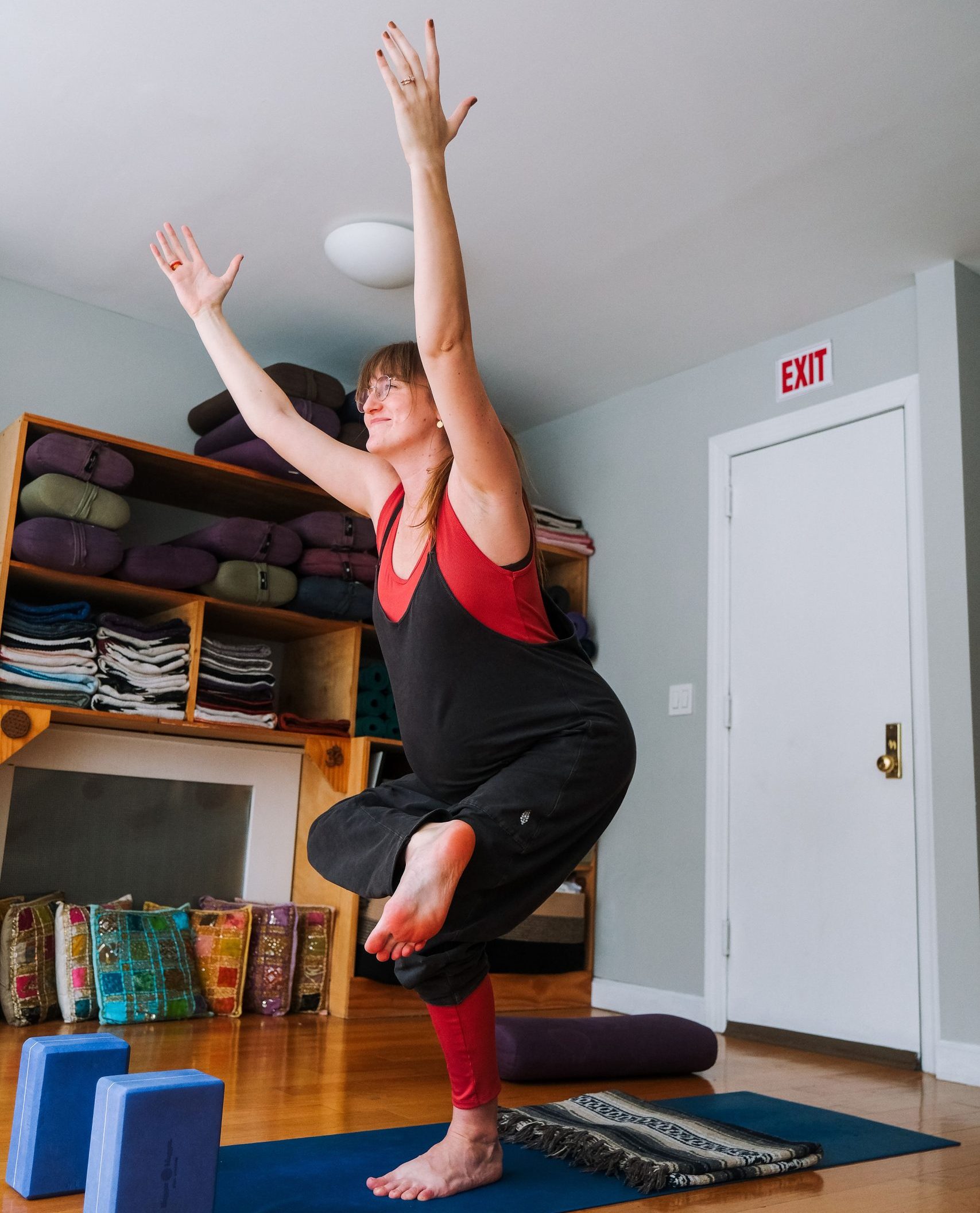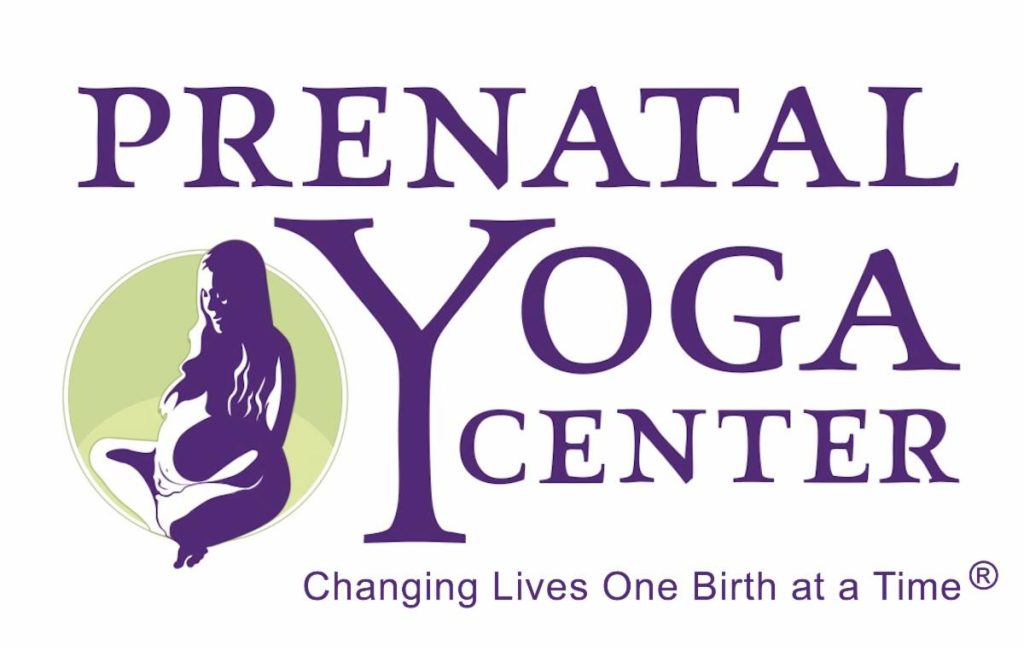Recently, an expectant mother asked me about changing care providers so that she could give birth in the Birth Center at St. Lukes/Roosevelt. I gave her a list of midwives and OBs that practice in the Birth Center. Unfortunately, she was already 27 weeks when she started to consider switching practices, and found that she was too far along for most care providers on the list. My next suggestion to her was to find a doula and take steps to make a birth on the Labor and Delivery (L & D) floor as close to a Birth Center or “homey” environment as possible.
As we were discussing this, several other students asked for ideas of how to accomplish this same intention. So that led to this blog. Here are some tips as to how to make a “typical L & D” room into a cozier spot.
The first thing you want to do is chose your “team” wisely. Those that you invite into your birth experience can either help or hinder the situation. You want to gather a group of people that are going to support and protect your wishes. This includes instructing those with you to dismiss a nurse or student that may be impeding on your space disrespectfully. I wrote a blog on this topic that may be helpful, How To Recruit and Prepare Labor Support.
Next, you want the L & D room to be transformed from the sterile, bleak hospital feel into a welcoming, comfortable and comforting space. Each home has a certain smell, sound and look to it that makes it unique to that particular occupant. I know when I arrive home at night I am happily greeted by the lingering smell of dinner and the dim lights in the entryway. I am immediately put at ease and feel my external guard dropping away. Tending to all the senses can help put the laboring mother more at ease, and give her a sense of comfort similar to what she may find at home.
SIGHT: You can do this by adjusting the lights. Using the natural light from outside or the bathroom light to cast a soft shadow over the room is a lot more appealing than the harshness of fluorescent lights. You can also bring pictures that you find comforting. A doula client of mine brought a picture of her older daughter and her grandmother along to her birth. I had in my birth bag a picture of my cat. Another client brought a sunflower along. The sunflower had two purposes, she thought it would light up the room, and the center of the sunflower is roughly 10 cm. She used this as a focal point for how much she needed to dilate.
SMELL: Along with the lights and other decor, you can adjust the smell of the room. You are not allowed to burn candles or incense, but you can mist the room with essential oils. I often have a squirt bottle in my doula bag and will add a few drops of oil to the bottle (whatever oil the mother prefers) and then spray the room every now and then to help create a more pleasant aroma.
SOUND: Hospitals are noisy. There are other laboring women around, staff chatting, and intercoms shouting. Bringing your own music to drown out the other sounds can help buffer you into your own world. Some women I know enjoy spending time creating a “birth play list”.
FEEL: Hospital sheets and gowns can tend to be a bit rough and scratchy. You may consider bringing your own pillow or pillow case as well as your own clothes. There are also some companies that you can find that sell more stylish hospital gowns. I would recommend a simple light weight bath robe or big, loose t-shirt. Keep in mind that the clothes will likely get messy, so don’t bring along something you are not willing to part with afterwards. And do have it loose enough and accessible for a belly band (this will hold the EFM in place)
TASTE: Many of us find comfort in taste and texture of food. While labor is not the time to sit down for a big, filling meal, it is important to still nourish yourself. Many hospitals still adhere to the antiquated idea of “only ice chips” during labor. However, your care provider can overrule that and allow you to have something more substantial, tasty and comforting! (Although, expect this privilege to be taken away once pain medication is introduced.) If you are still pain med free, then you may find solace with some juice, fruit, porridge, or toast and almond butter. Satisfying your taste buds and not feeling restricted from food or drink may allow you to feel a little less like a “sick patient” and more like a laboring woman just trying to find comfort.
FREEDOM! It is well established that once a woman is admitted to the hospital, she is going to fall into certain routine interventions that the L & D floor expects of most patients. These routine interventions can impede on the freedom of movement and general comfort level. Some of these are negotiable, but they should be discussed with your care provider ahead of time. For example, being hooked up to the External Fetal Monitor (EFM) the whole time a woman is in labor can greatly diminish her ability to move around the room or take advantage of the bath or shower that most L & D rooms have. To help keep labor “as normal” as possible, ask for intermittent monitoring.
Unless you are in a Birth Center, it is likely that you will be given a hep lock. This is a portal for which IV fluids are given. You can ask just to have the hep lock in place, but not be given the IV fluids, unless medically necessary. Being hooked up with an IV will also hamper one’s ability to move around freely.
SHOW UP LATE! Knowing that some of your freedoms are hindered upon admission to the hospital, stay at home as long are you are comfortable. (This is where is it helpful to have a doula or support person that knows what to look for in terms of when to head to the hospital). The more time you can spend in the comfort of your own home, the more relaxed you will likely be and the better the labor hormone, oxytocin, will flow.
WHY?? Some people may be asking what is the benefit of putting the effort into transforming the hospital setting? I touched on this idea a little before, if the mother is more relaxed, her hormonal system will better function. When animals give birth, they find a dark, quiet, secluded place where they feel safe. This allows the “fight or flight” response to turn off and the “birth” hormones to flow well. If an animal, or the laboring mother, is feeling tense, pressure, uncomfortable, crowded or unrespected, her “fight or flight” response will kick in and her adrenalin level will shoot up. The body will respond by not producing as much oxytocin, the hormone responsible for creating contractions, and labor will stall or even stop. This is why it is not uncommon for a woman to be laboring well at home and then arrive at the hospital and find her steady contraction pattern has petered out. If upon getting set up in the L & D room, the mother is made to feel “more at home” she is more likely to feel at ease, resulting in a better labor pattern.
I hope this blog inspired some ideas to help you to create your own “home away from home” in the hospital Labor and Delivery Floor. I always like to hear from our community, if you have any other ideas that you found useful for your birth experience in a hospital setting, I invite you to share them!






